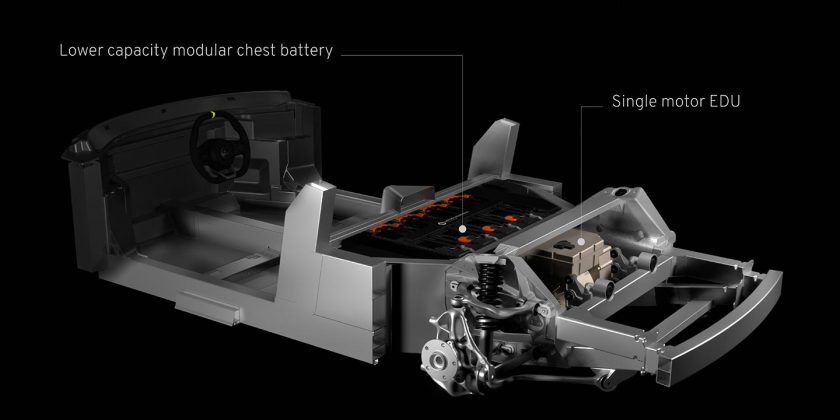Hethel has a reputation for lightweight, innovative chassis – here's how that expertise will tackle electrification
By Matt Bird / Tuesday, September 21, 2021 / Loading comments
Things move fast at Lotus nowadays. Just last October Project LEVA (Lightweight Electric Vehicle Architecture) was announced, followed in January by the confirmation of a working relationship with Alpine on an EV sports car. Now we can see the first fruits of the labour, with the unveiling of Lotus’s new lightweight EV platform.
This is huge, of course for the company’s future prospects. Like the extruded aluminium architecture that has underpinned so many Lotuses in recent decades, the modular platform is designed “for a range of EVs with variable layouts, wheelbase lengths, battery sizes and configurations.”
So the battery can be mounted in a ‘chest’ or ‘slab’ configuration, the former with modules stacked behind the seats (as in the Evija) and the latter with batteries under the cabin – a ‘skateboard’ power pack. Having one architecture that can accommodate battery in two different locations is a Project Leva innovation, and likely to prove a valuable one. Lotus says the slab layout is for vehicles “where a higher ride height and a taller overall profile is required”, which is still odd to read in a Lotus release even with the Type 134 SUV confirmed.
For now, Lotus is only detailing how this new battery layout will work with two-seaters and 2+2s. So a smaller two-seater, with a 66.4kWh battery and a minimum 2,470mm wheelbase, will use an eight-module set-up in a chest configuration with up to 476hp from a single motor. The same will also be seen in a larger two-seater, albeit upgraded to 12-module and 99.6kWh, with the wheelbase set to be “more than 2,650mm” and up to 884hp from a dual-motor configuration.
The slab layout, for now, will be found only in the 2+2, with the same eight-module and 66.4kWh as the smaller two-seater but the longer wheelbase and higher output potential. Lotus says the rear structure is 37 per cent lighter than that used on the Emira V6, which is notable, even if the batteries will surely make it heavier overall.
Nevertheless, this is tangible progress on Lotus’s path to making electric sports cars, and that’s to be applauded. For so long it felt like the company was playing catch up on technology, which means it’s really exciting to see Lotus back to its innovative best. The Project LEVA structure will be unveiled this week at the Low Carbon Vehicle event, which is being held at Milbrook. Following that will be more development on the electric cars to sit on this new platform, with the Type 135 sports car due in 2026. But if the past few months of new Lotus is anything to by, we won’t be waiting very long for another significant update…
- Four new Lotus EVs coming by 2026
- Lotus Emira V6 First Edition spec confirmed
Source: Read Full Article
